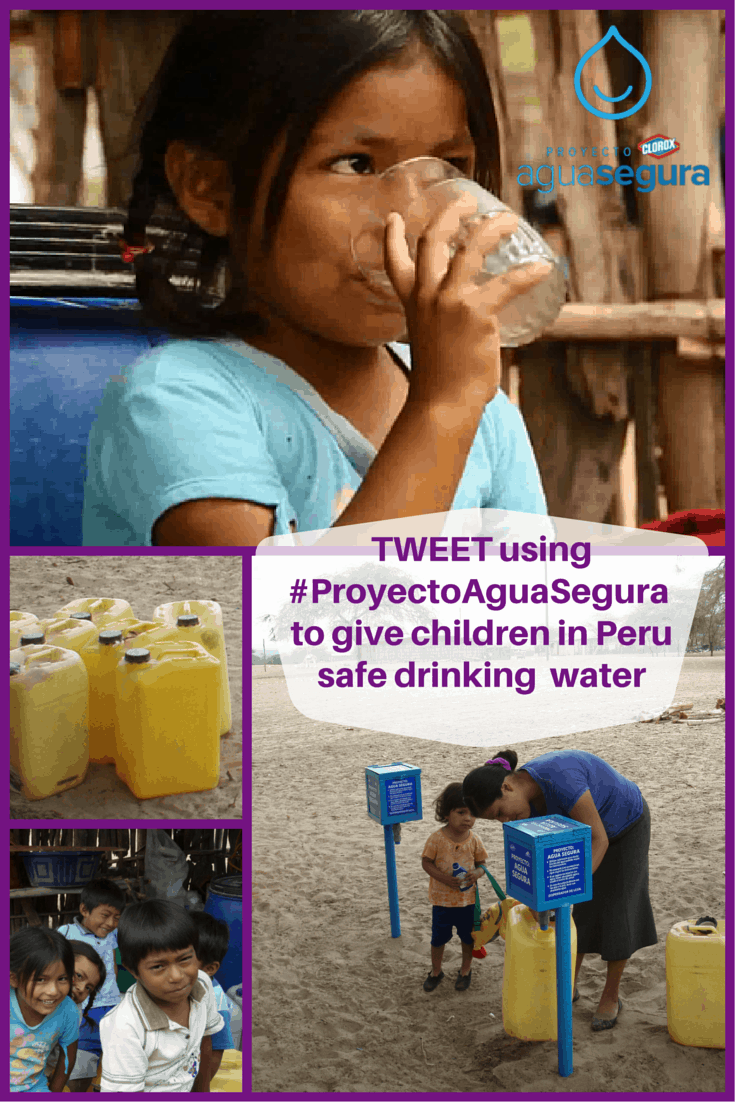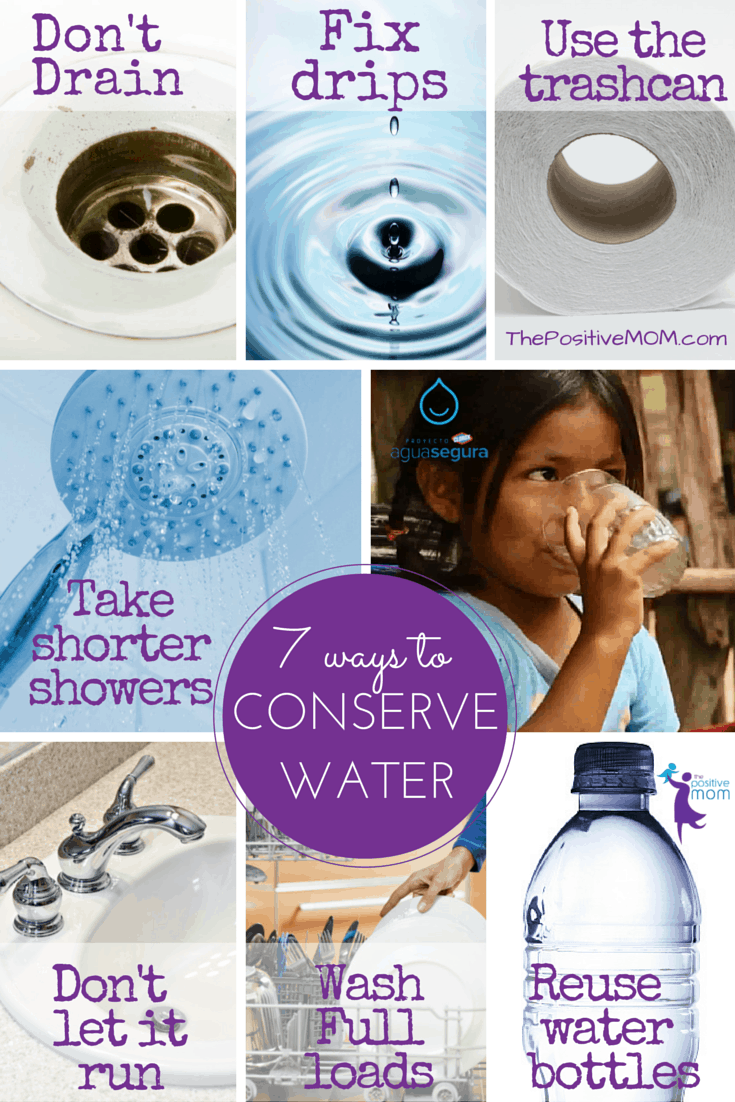![]()
When Taylor Bare and I became friends and started spending time together, he seemed quite surprised about my obsession intense passion for conserving water, electricity, and food. Maybe “annoyed” was a better term for it, although he would probably never admit to it.
I didn’t blame him. I know I can appear be a bit extreme, because conservation becomes a way of life when you grow up in poverty in a foreign developing country will do that to you.
As kids, we had to often fetch our water supply by walking many kilometers to the nearest river, carrying heavy containers so our moms could cook our humble meals, to use as drinking water, and for personal hygiene. I know first-hand how precious clean water is for many kids in other parts of the world, and how easy it is to take it for granted in your daily life when we have it in abundance.
Access to sufficient, acceptable, clean, safe water is considered a fundamental and essential human right by the United Nations. Safe water is indispensable for leading a life in dignity. Safe water also saves and transforms lives!
Every 15 seconds, a child dies from a water-related disease. Polluted water is literally deadly: Around the world approximately 88% of deaths due to diarrheal illness are attributable to unsafe water, inadequate sanitation and poor hygiene. In fact, diarrheal diseases kill more children than AIDS, malaria,and measles combined, making it the second leading cause of death among children under five. And a child’s potential is also affected: it has been calculated that 443 million school days are lost each year to water-related illnesses. ~ DEEP BREATH~
Take Peru, for instance. One in seven people in Peru do not have access to safe water. Unsafe, contaminated drinking water is a leading cause of illness, malnutrition and death for children in the country.
These numbers are alarming. They make me sad… because they aren’t just stats. We’re talking about sons and daughters, brothers and sisters, boys and girls who could live longer, live better, and achieve their full potential.
Our moms used droppers full of Clorox Bleach to purify the gallons of water we brought back from the river, because they knew it was a reliable way to treat drinking water, killing over 99% of common bacteria and viruses. Bleach is a safe, powerful and cost‐effective disinfecting agent that is used to treat water around the globe – and it does not form dioxins, nor is it harmful to the environment (you know I love my Mother Earth).
The Clorox Company, in its continuous effort to support healthy families, is leading an intervention against the global water crisis in order to provide water purification and education in underprivileged populations, starting with Peru.
During the next three years, The Safe Water Project powered by Clorox will help bring 400,000 liters of safe drinking water each day to more than 25,000 individuals in Peru. #ProyectoAguaSegura will help install innovative public bleach dispensers by community water sources to help improve the quality of drinking water.
The #ProyectoAguaSegura dispensers are filled with a diluted bleach solution that releases a metered dose that is appropriate to treat and disinfect a standard water-collection vessel. This approach was created in 2007 by an NGO called Innovations for Poverty Action (IPA), having a success record in Africa and proving to be low-cost and sustainable initiative.

In addition to the water dispensers, health and hygiene education is a critical component of #ProyectoAguaSegura. This is my favorite piece, because simple practices like washing hands, washing containers, and keeping the water covered empowers them to prevent illnesses and make a brighter future possible for a kid who can have the health energy to learn, to attend school, and have the spirit to dream of reaching their full potential. You can learn more about #ProyectoAguaSegura here!
7 Ways You Can Conserve Water At Home
Little shifts make a big difference! By conserving water and teaching our children to do so, we can impact the Earth and future generations.

- Don’t drain water ~ reuse it for cleaning, flushing, or watering plants. Talk to your family and find creative ways to reclaim water. It will be fun!
- Fix leaks ~ A drip at the rate of one drop per second adds up to 2,700 gallons per year!
- Don’t flush unnecessarily ~ In my country, we dispose of tissues in the trash and flush only when necessary. A toilet is actually considered a luxury item, which I never had growing up.
- Take shorter showers ~ A four-minute shower uses approximately 20 to 40 gallons of water. Cut down on water by turning off the shower after soaping up, then turn it back on to rinse. In my country, we use a small bucket of cold water to wash our bodies.
- Don’t let water run ~There is no need to keep the water running while brushing your teeth. You can wet your brush and fill a glass for mouth rinsing. This applies to washing (or pre-washing) dishes or clothes (like cloth diapers) by hand, or rinsing vegetables to cook, too.
-
Don’t do half-loads ~ I didn’t even know dishwashers existed until I moved to the U.S. just over 13 years ago, and never used a dryer or high-power washing machine, either. I feel like royalty having these appliances, yet I am very mindful to use them responsibly.
- Use a designated bottle ~ In my home, we kept having an issue with forgetting to label standard water bottles. We resolved to each have a safe bottle in our favorite color so we can store it in the fridge or at room temperature and know whose water it is to avoid wasting. Running tap water every time you’re thirsty is wasteful, too.
[Tweet “Learn 7 ways you can conserve water at home.”]
How do you conserve water in your home? Every drop counts and every person can make a difference – that’s why I continue to be passionate about it. When people gain access to clean water, sickness is prevented, childhoods are restored, and communities are transformed…. and I should know!
[ela]

Tweets with a purpose | Latina Bloggers Connect
Friday 12th of June 2015
[…] about #ProyectoAguaSegura we invite you to read the blog posts on the subject on VivaFifty.com, ThePositiveMom.com, EnTusZapatosBlog.com and […]
Megan Chamberlin
Monday 1st of June 2015
It is heartbreaking that this is a concern for so many innocents. How crazy that something that seems like a basic human right, like clean water access, is denied to so many.
Edith Rodriguez
Monday 1st of June 2015
Such a great cause! Thanks for sharing with us.
Anne
Saturday 30th of May 2015
So glad to know about the tweets! It bothers me so much that so many people don't have clean safe drinking water. :(
Ann Bacciaglia
Thursday 28th of May 2015
These are great tips for conserving water. I will have to stop draining my sink and use the water for my plants and garden.